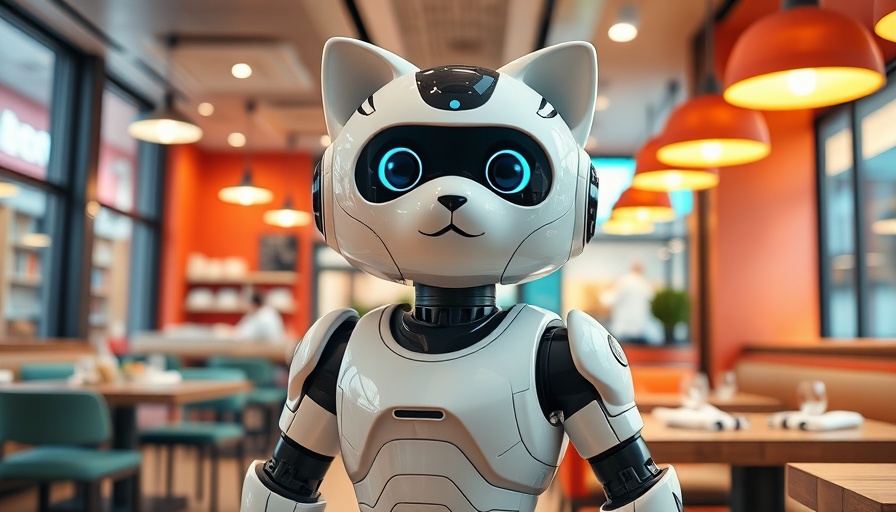
Japan’s Unique Response to Labor Shortages Through Robotics
In light of a rapidly aging population and persistent labor shortages, Japan is turning to innovation to help combat these demographic shifts. The service robot market in Japan is on track to burgeon from its current valuation to an astonishing ¥400 billion ($2.7 billion) by 2030, reflecting a near tripling of its size according to projections from research firm Fuji Keizai. This expectation underlines the importance of robotics in addressing the exacerbated labor shortfall that the country anticipates. With projections indicating a need for an additional 11 million workers by 2040, the race is on in Japan to balance supply and demand through automation.
Employing Robots: A Panacea for Service-Based Businesses
The surge in the service robot sector is evidenced by companies such as Skylark, Japan’s largest table service restaurant chain, which has embraced technology by deploying approximately 3,000 cat-eared robots. These charming robots deftly navigate the dining experience, bringing food directly to patrons while offering a unique service experience. Restaurant worker Yasuko Tagawa, 71, notes how these robots have transformed her job, allowing her to focus on more complex tasks while the robots manage simple service duties. “Thanks for your hard work. I’ll be counting on you,” she told a robot, highlighting the integrated relationship between human and machine that is becoming increasingly common in Japanese workplaces.
Driving Forces Behind the Robot Revolution
Institutions, including the Recruit Works Institute, forecast a demographic shift that could see nearly 40% of Japan’s population aged 65 and above by 2065. This aging population amplifies the necessity for robotics within industries struggling to retain human talent. Notably, companies like GMO Internet Group are responding to this impending crisis. Their recent establishment of a dedicated AI and robotics division illustrates how businesses are looking to technology as a solution to labor needs. As more ventures push boundaries in AI and robotic capabilities, the future of these technologies looks promising.
The Bigger Picture: Integrating Robotics into Daily Life
The implications of widespread robot deployment extend beyond mere efficiency. They foster a new relationship dynamic within workplaces, often reducing the burden on elderly employees and optimizing workforce capabilities. However, this growth invites challenges including public perception and the need for robust training programs for existing workers. Critical discussions surrounding robotics' contributions to the economy and the workforce must precede large-scale implementation to ensure a smooth transition.
As we approach a future where robotics play an integral role in numerous sectors, understanding the transformative power of these technologies becomes essential for businesses and workers alike. The opportunities are abundant, but so are the challenges in merging human effort with robotic assistance.
If you’re intrigued by the evolving role of robotics in everyday businesses and want to learn how these technologies could shape various sectors in Japan and globally, take the time to explore further into these advancements. It’s a conversation well worth having.
 Add Row
Add Row  Add
Add 




Write A Comment